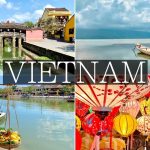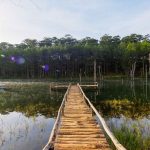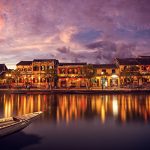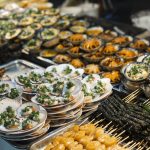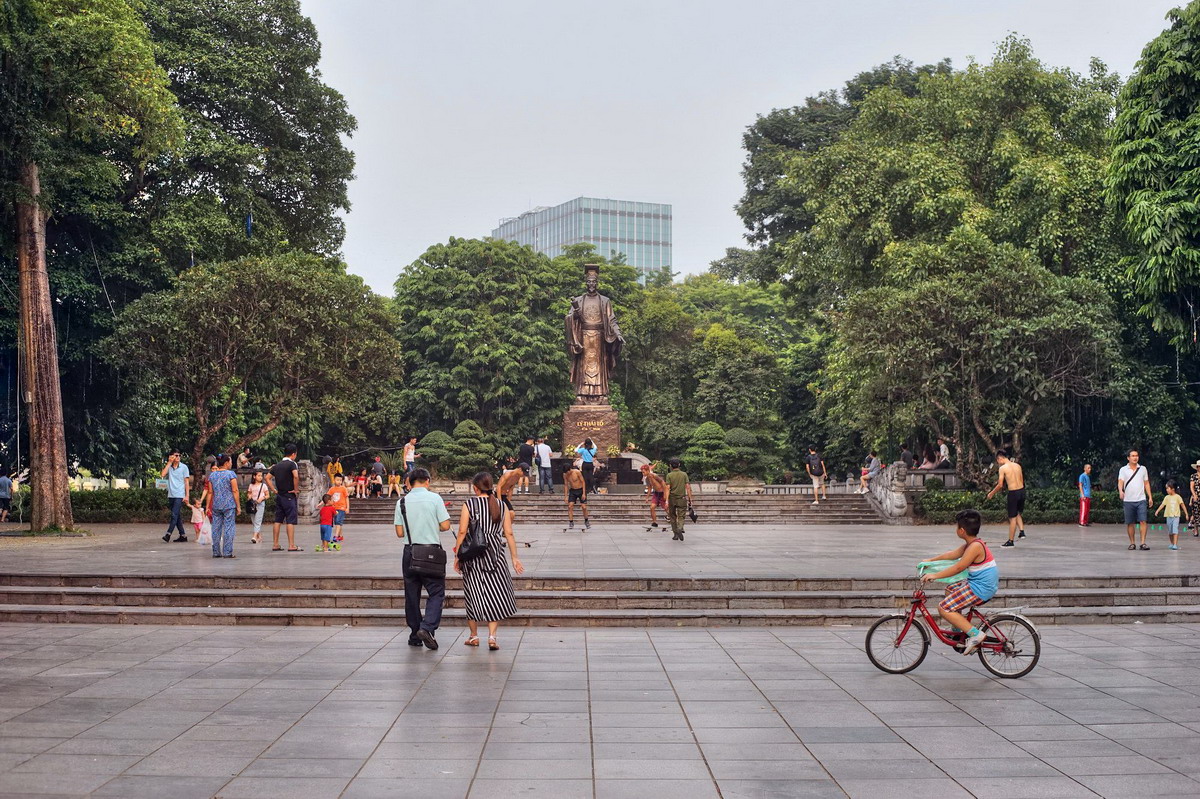
Ly Thai To Garden and historical little-known stories
Located on the edge of Hoan Kiem Lake – the heart of Hanoi capital – we could say that Ly Thai To Garden is the most famous gardens in Vietnam. There are many historical stories about this garden that not everyone knows.

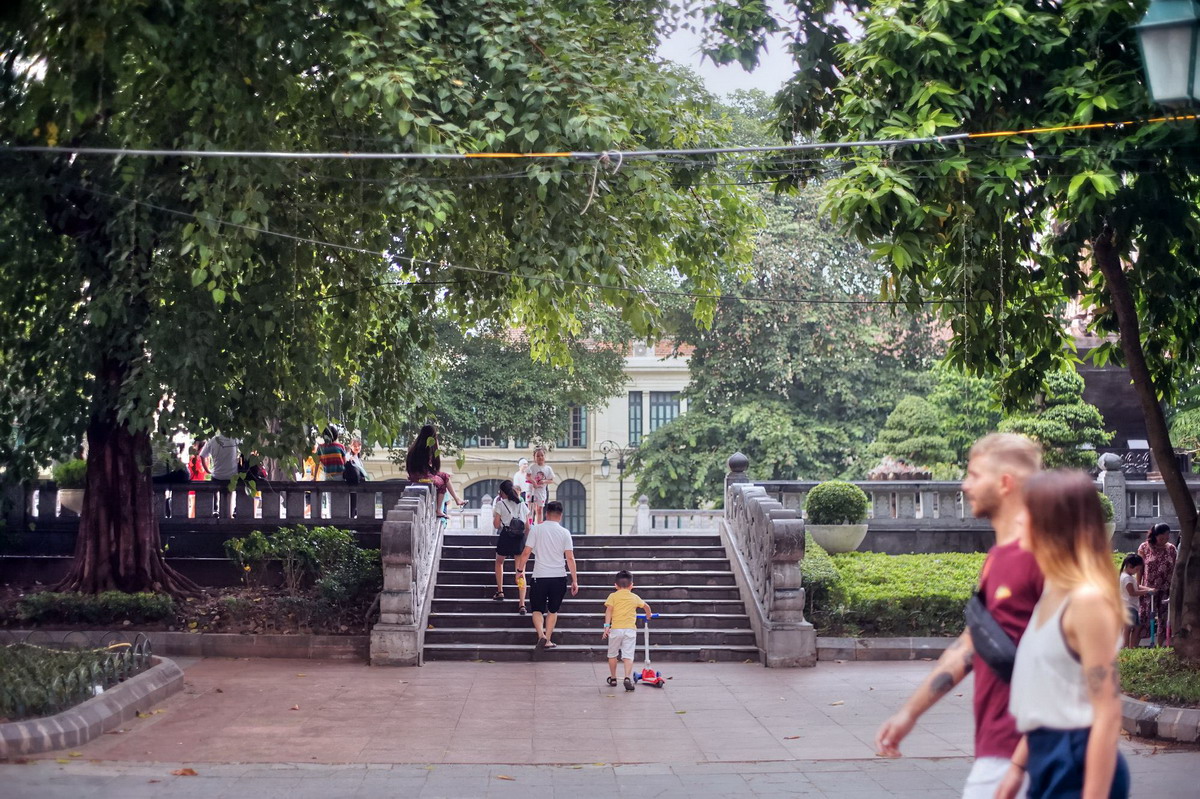
Accordingly, the original Ly Thai To flower garden is the land of an ancient pagoda – Pho Giac pagoda, or Tau pagoda of Hau Lau village. In 1883, the French colonialists moved this pagoda to the garden of the Medical Institute garden, now in Ngo Si Lien street to built for the building of Maire, Treasury, Post Office and a flower garden.

In 1886, after the death of the Ambassador Paul Bert, the French colonial named him for garden. Paul Bert Flower Garden is the first name of Ly Thai To garden. In 1890, the French cast a statue of Paul Bert placed on a stone pedestal, facing the Hoan Kiem Lake.
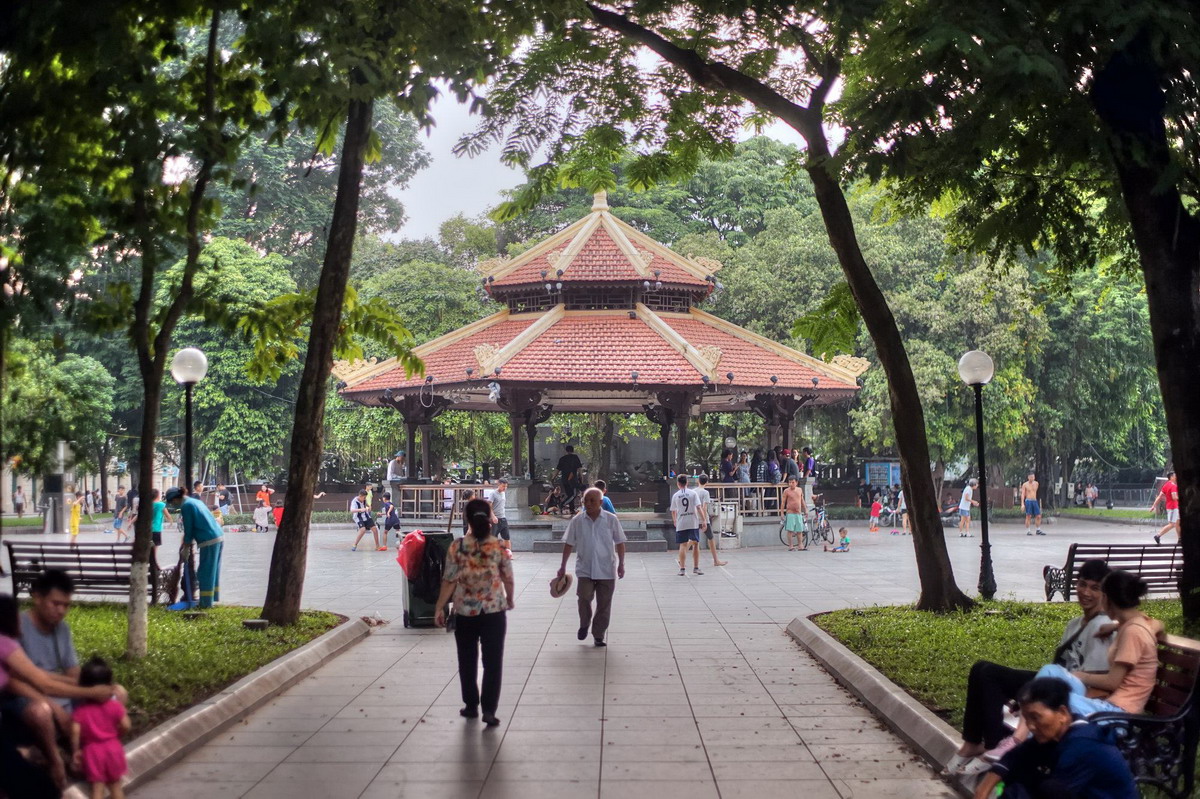
In 1945, after the Japan coup d’état against France, Mayor Tran Van Lai dropped down the statue of Paul Bert. Mr. Tran Van Lai changed street names and flower gardens from French to Vietnamese names, so the garden Paul Bert changed the name to Chi Linh garden.
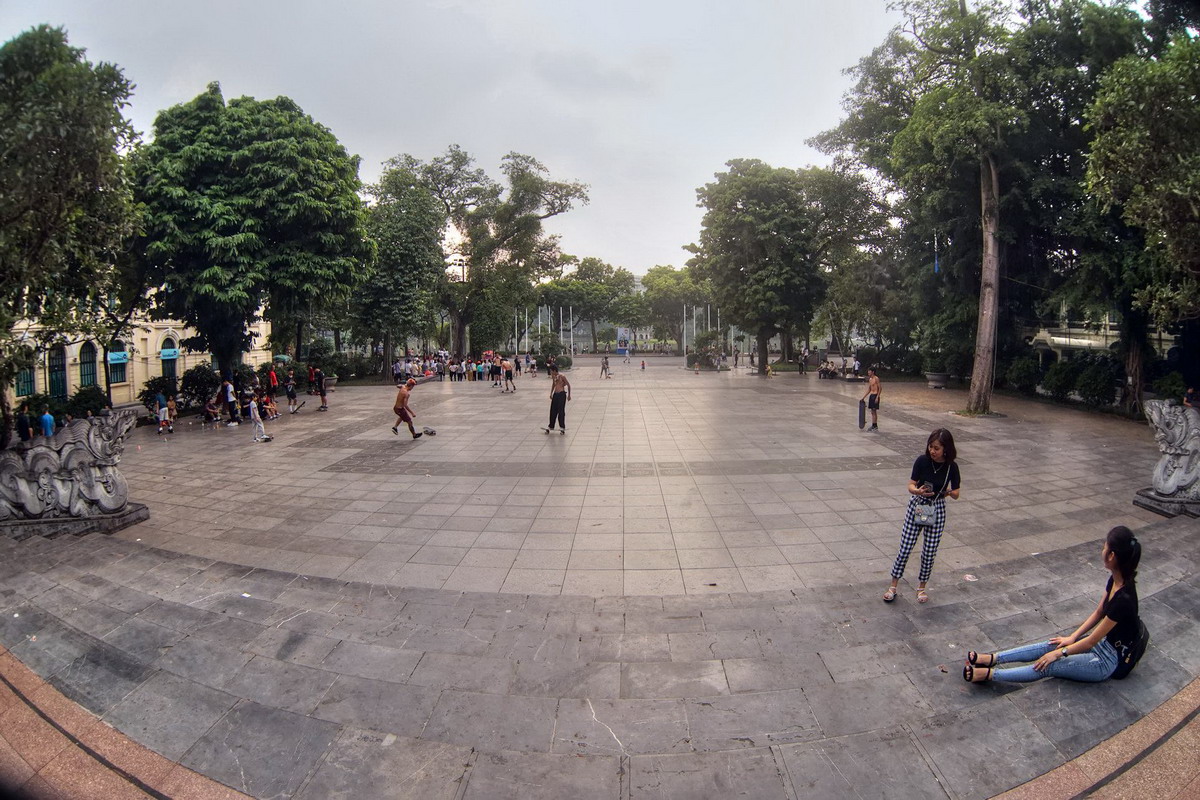
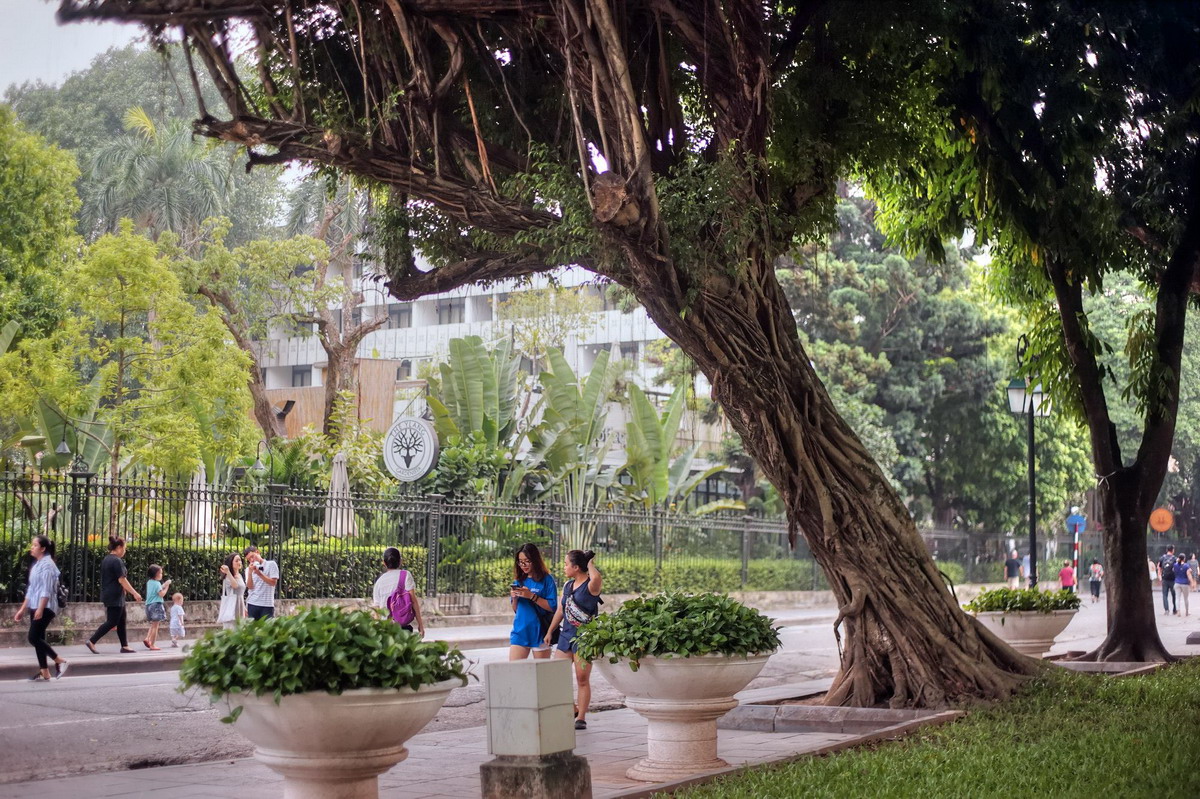
The two streets on both sides of Chi Linh Park are named Le Lai and Le Thach, and nearby streets named Nguyen Xi, Tran Nguyen Han, Dinh Le, Dinh Liet … are the names of famous generals of the Lam Son uprising.
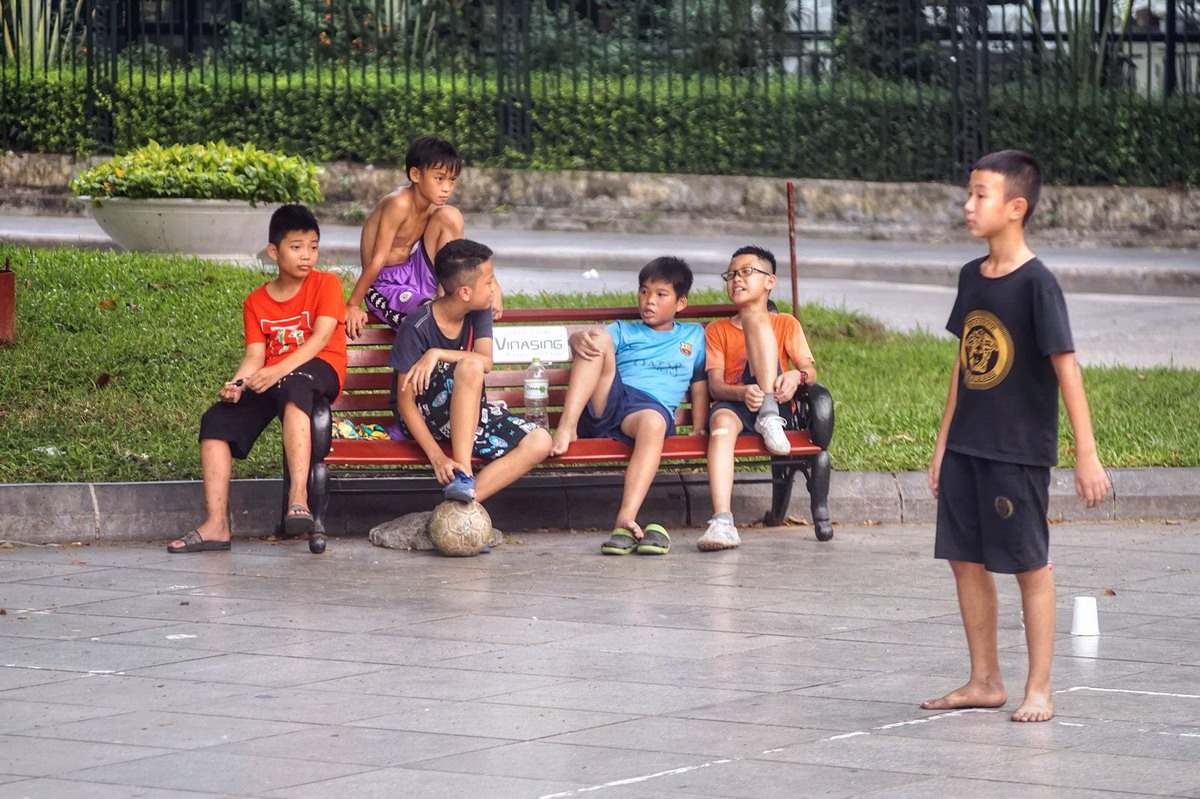
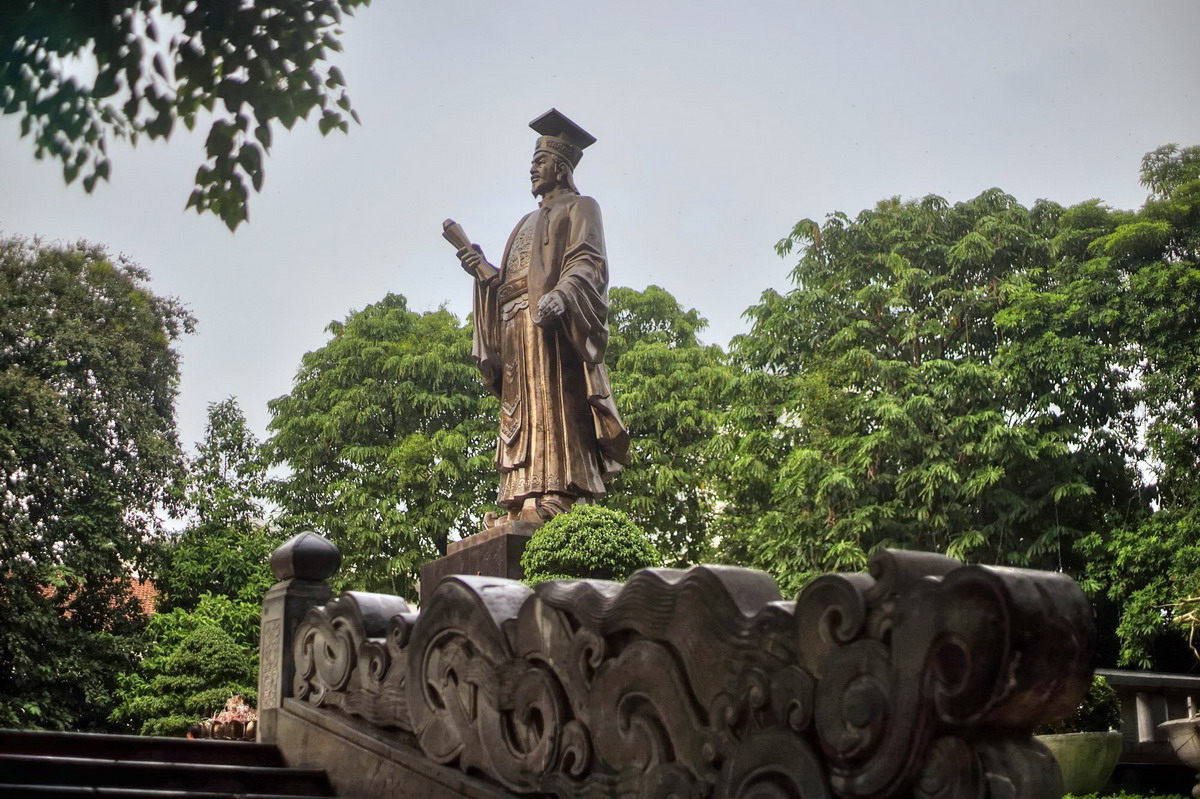
20 years later, on the occasion of the 50th anniversary of the Liberation of the Capital (Oct 10, 1954 – Oct 10, 2004) and the 1000th anniversary of Thang Long – Hanoi, Hanoi decided to build monument of King Ly Thai To in this historic garden.
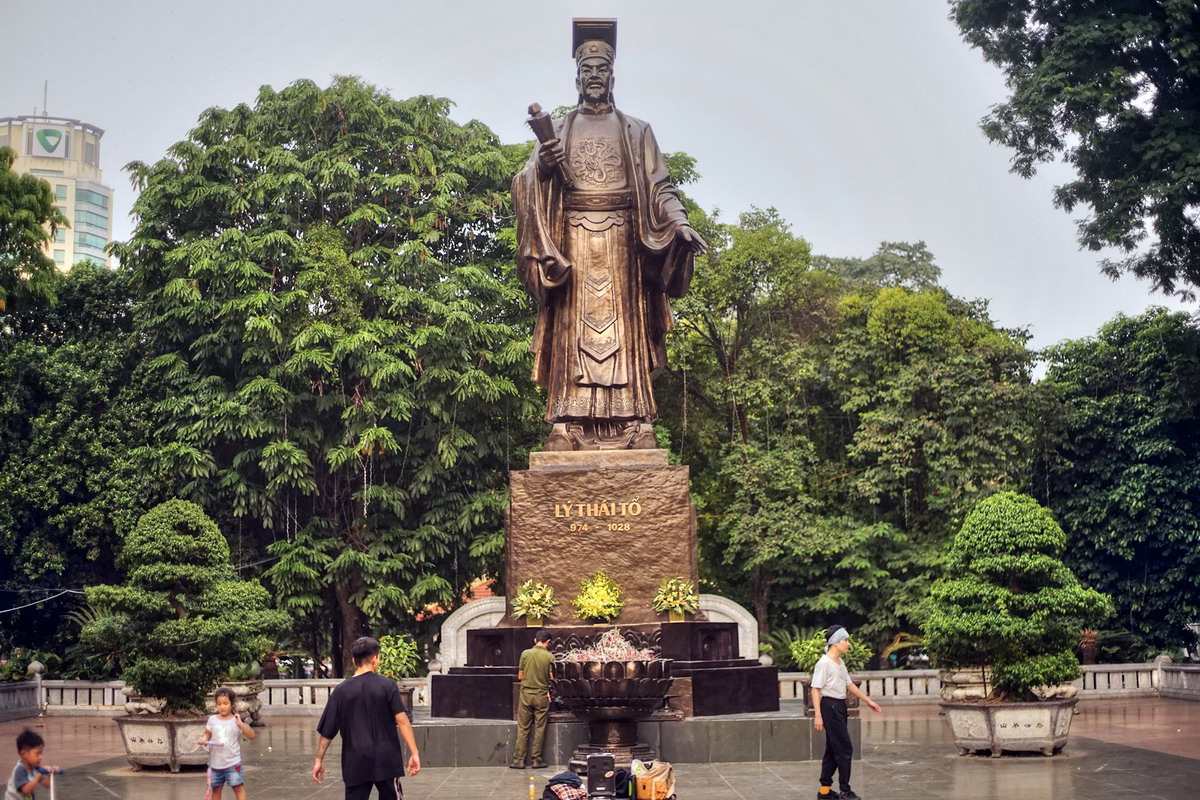
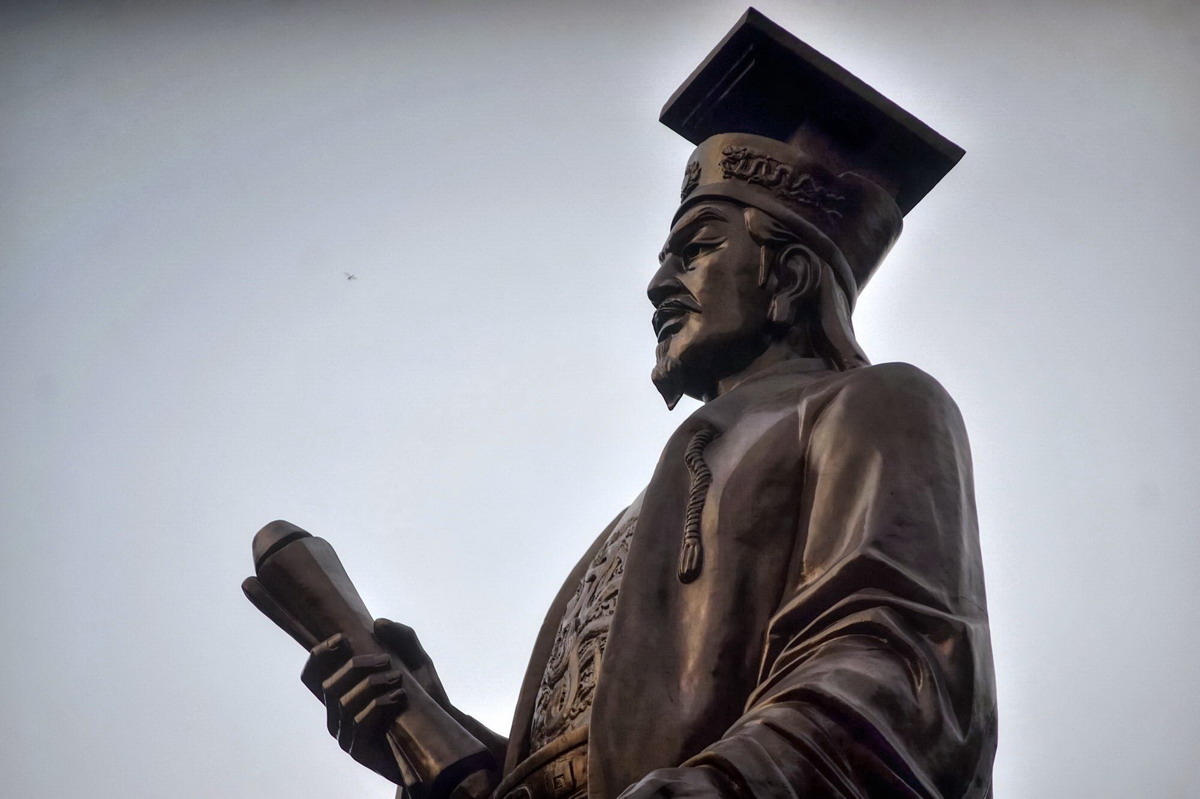
In Vietnamese history, King Ly Thai To (974 – 1028) is considered to be one of the greatest kings who founded Thang Long citadel and created the land of thousands of years of civilization. In 1010, he transferred the capital of Dai Co Viet from Hoa Lu to Dai La (Thang Long – Hanoi nowaday).
 Since the statue of King Ly Thai To was built, the garden has officially been given a new name as Ly Thai To garden.
Since the statue of King Ly Thai To was built, the garden has officially been given a new name as Ly Thai To garden.
Today, Ly Thai To garden is a familiar gathering place of capital people as well as domestic and foreign tourists.
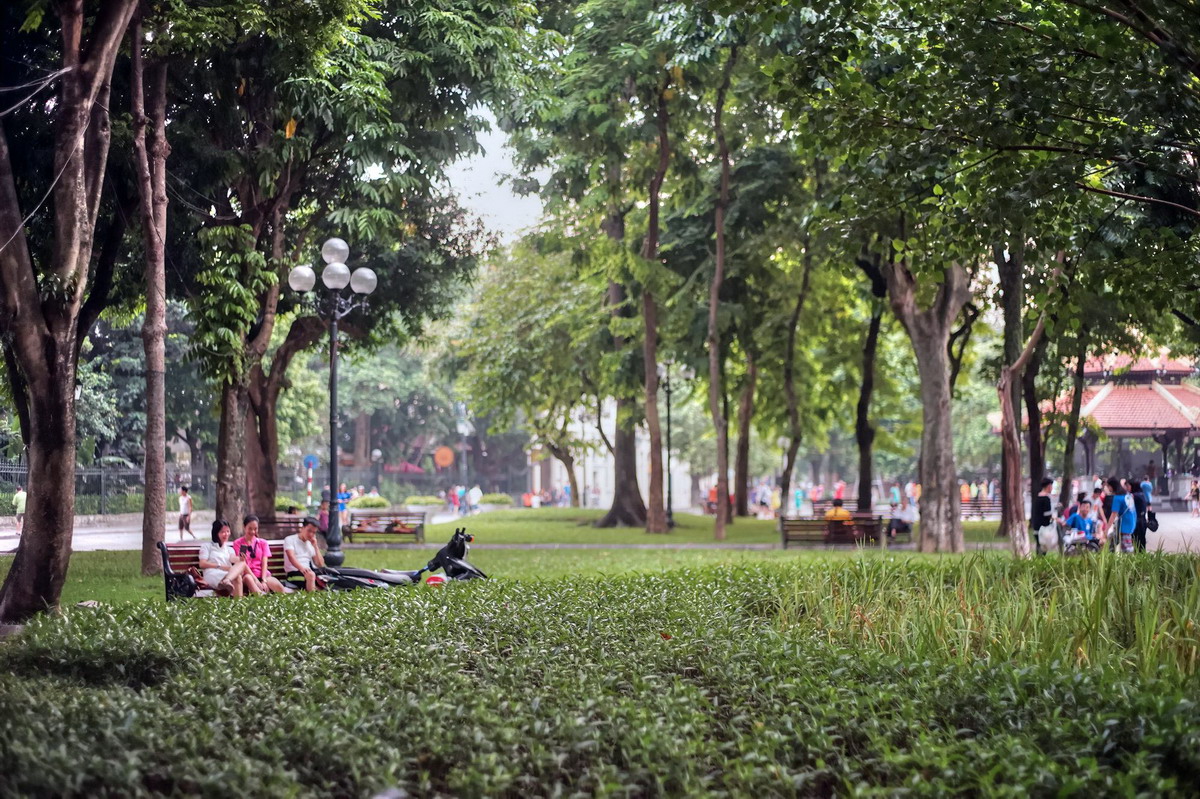
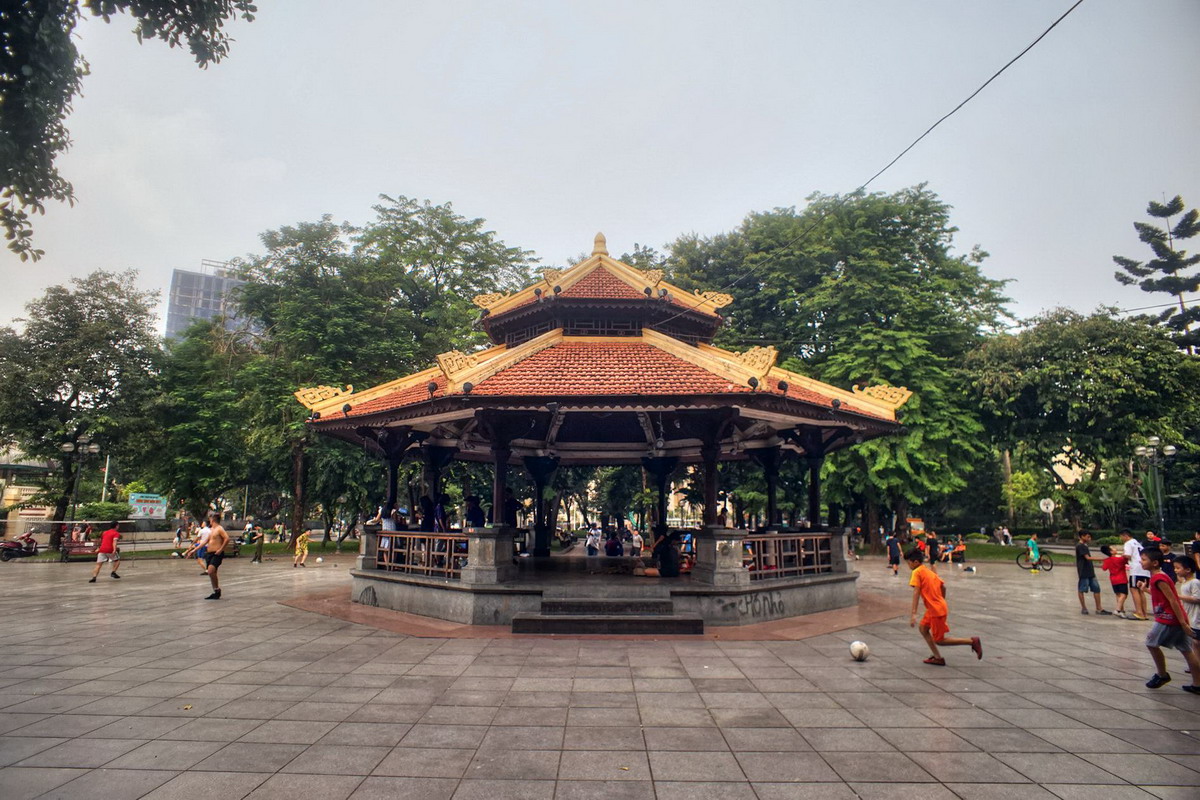
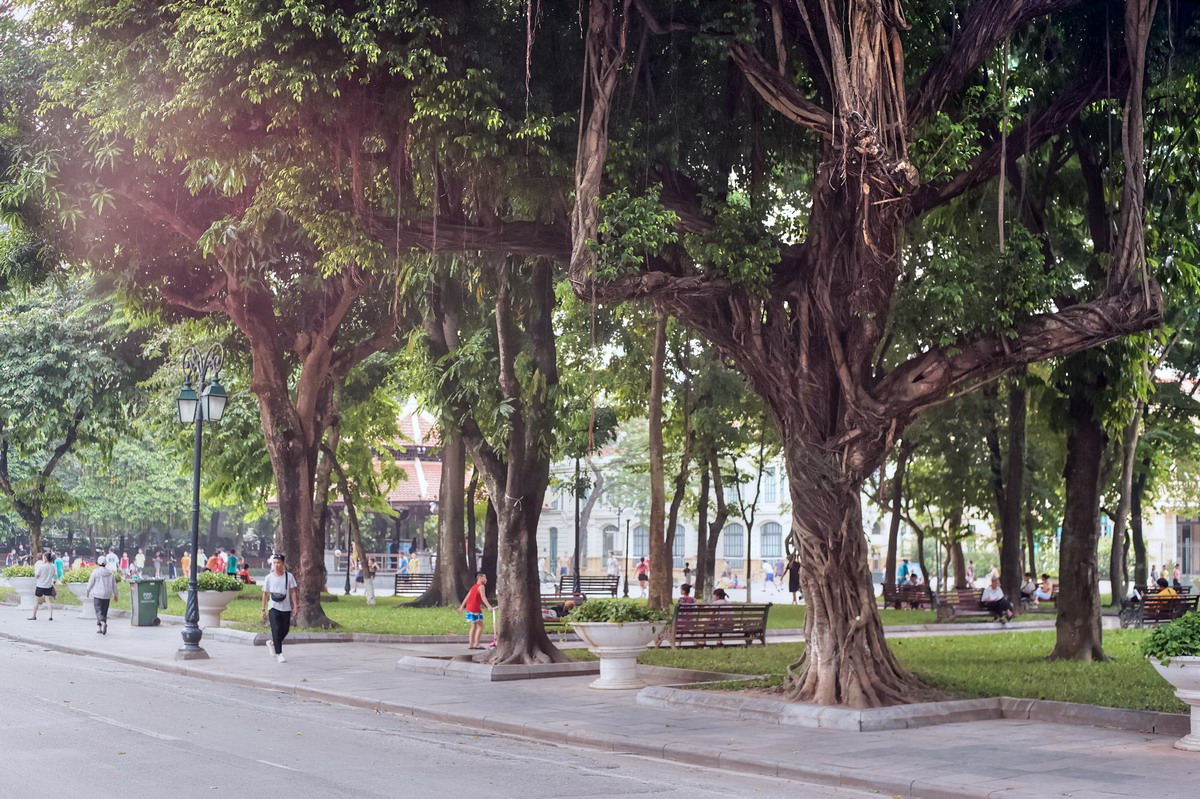

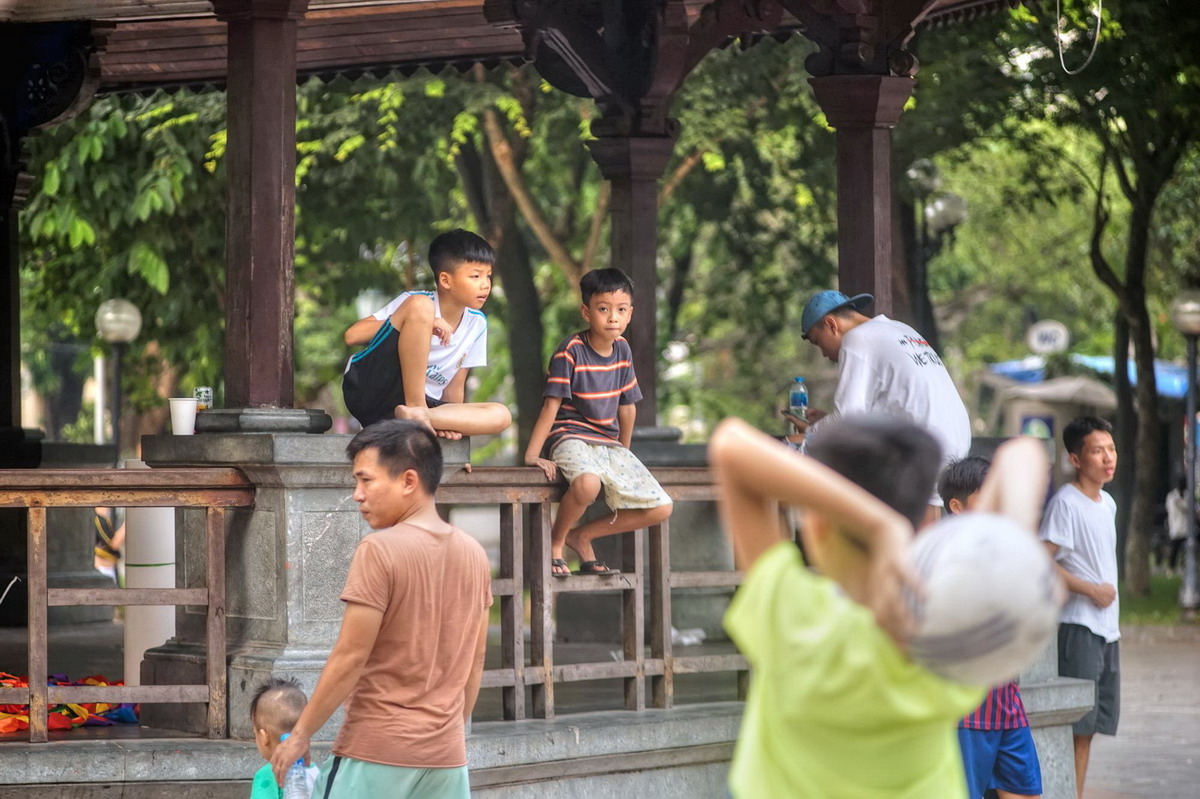
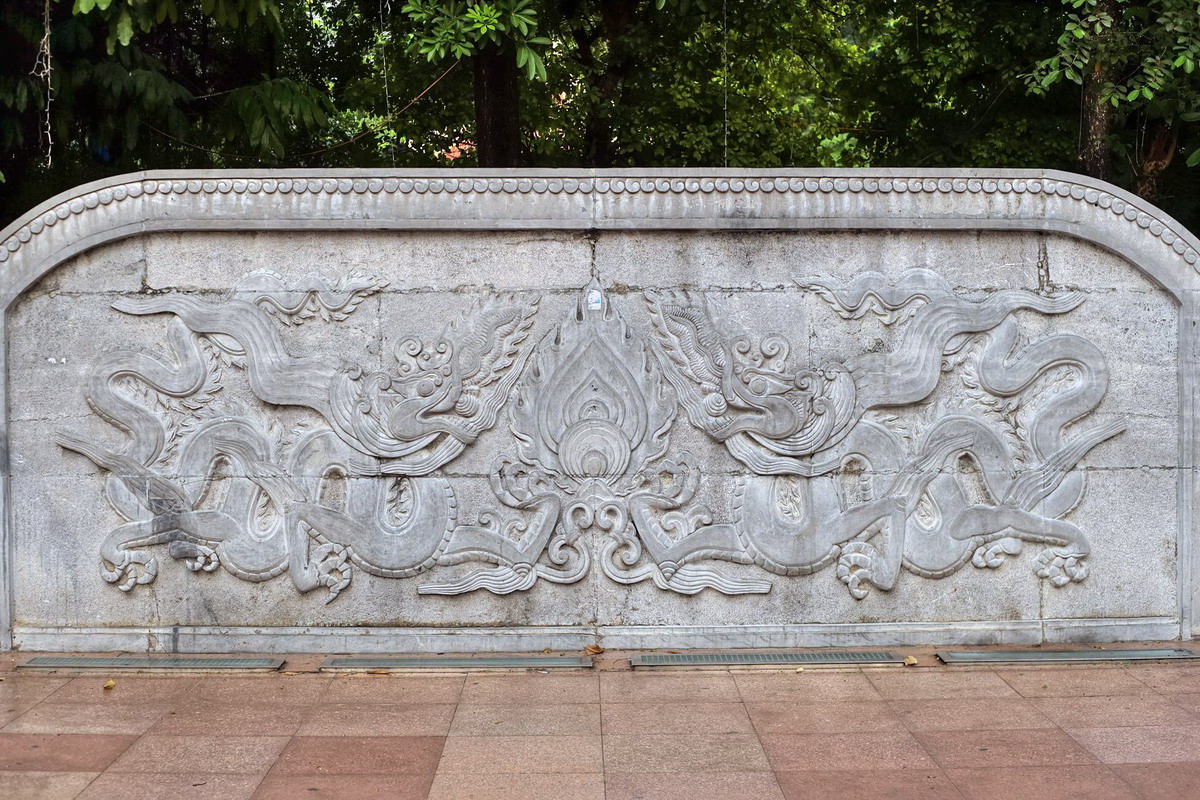
Source: kienthuc

